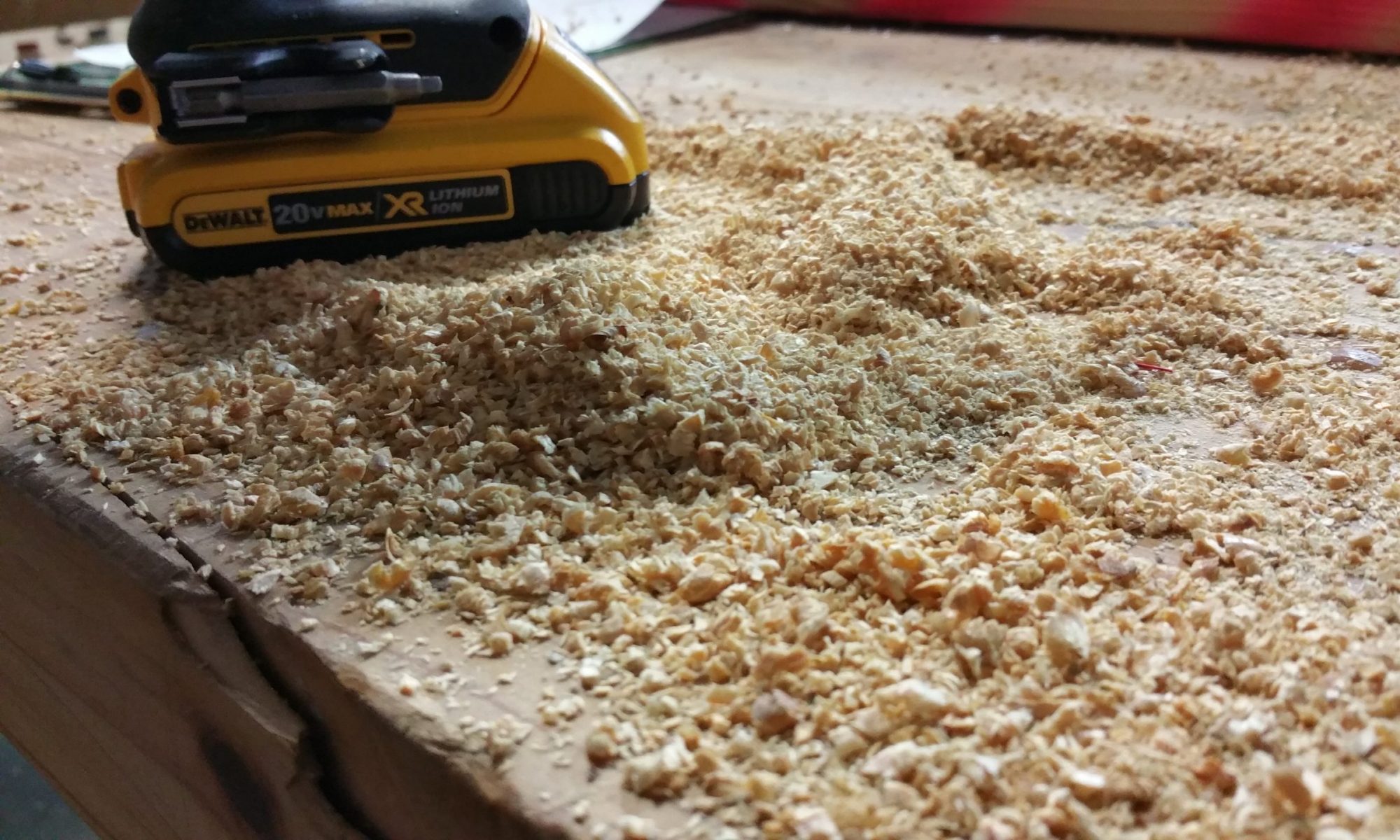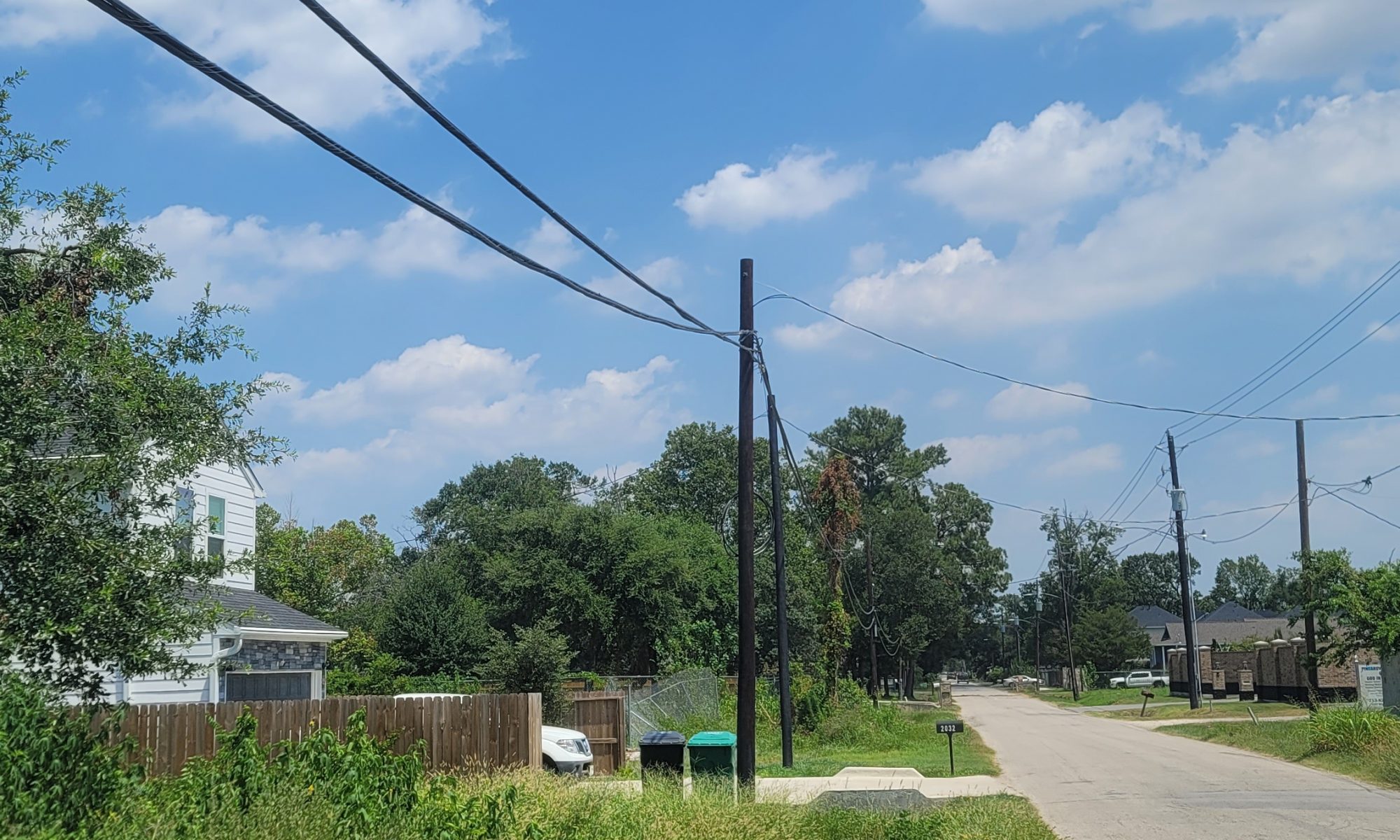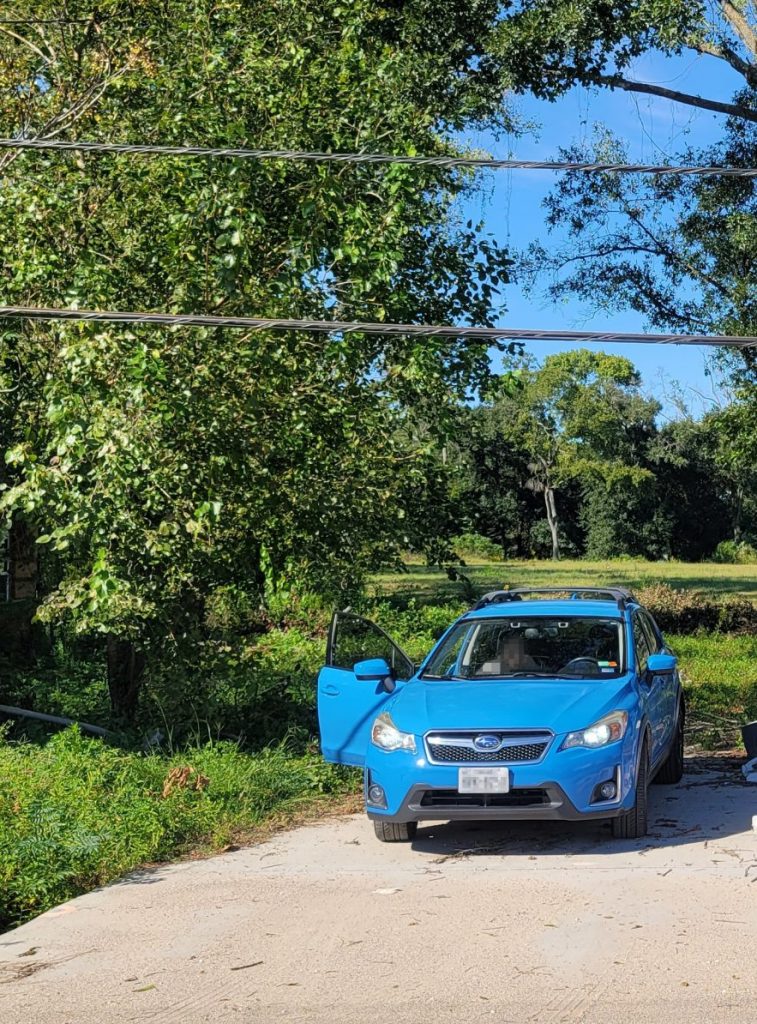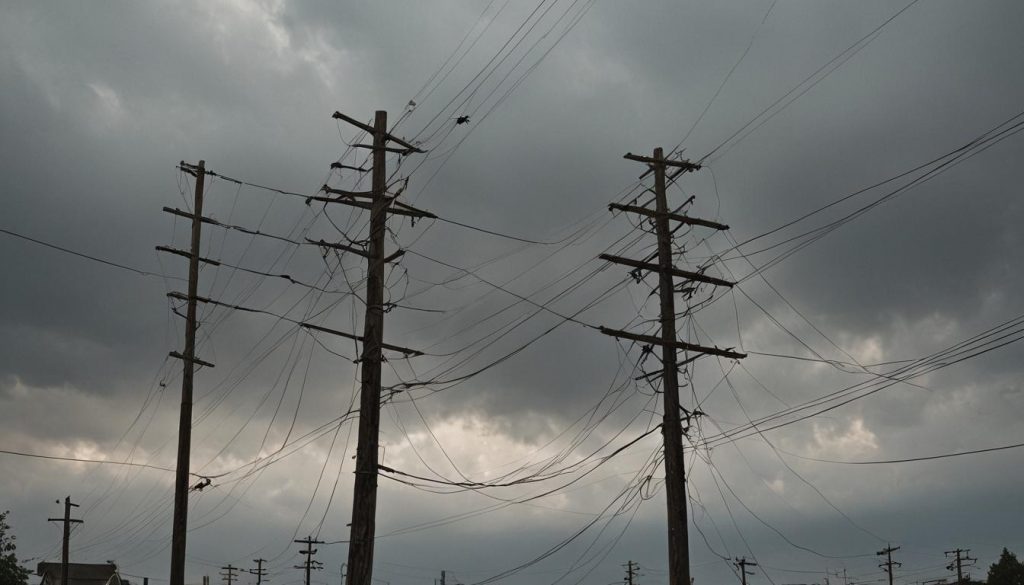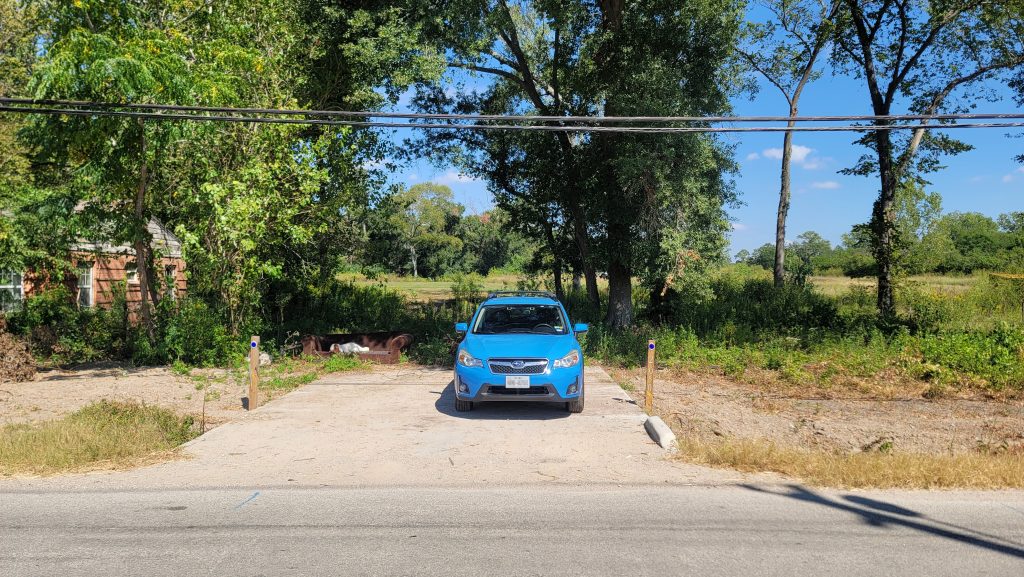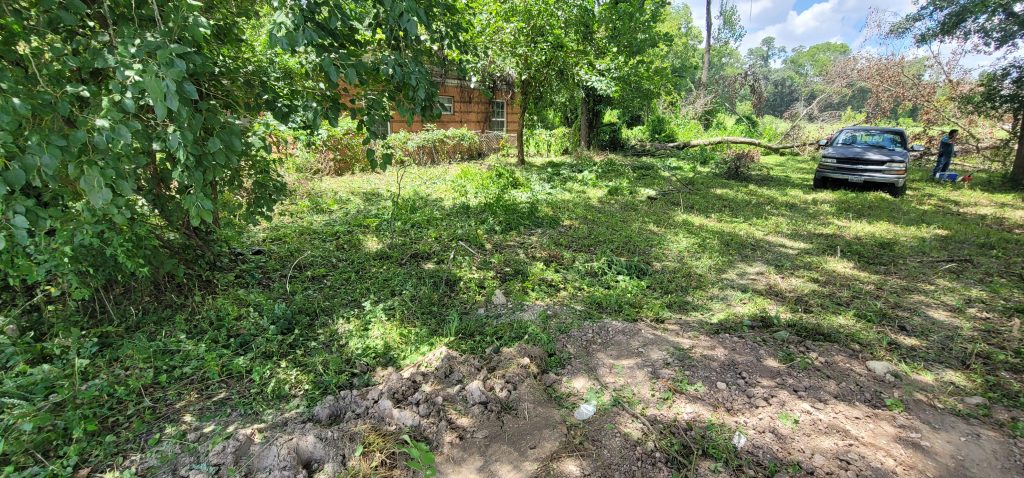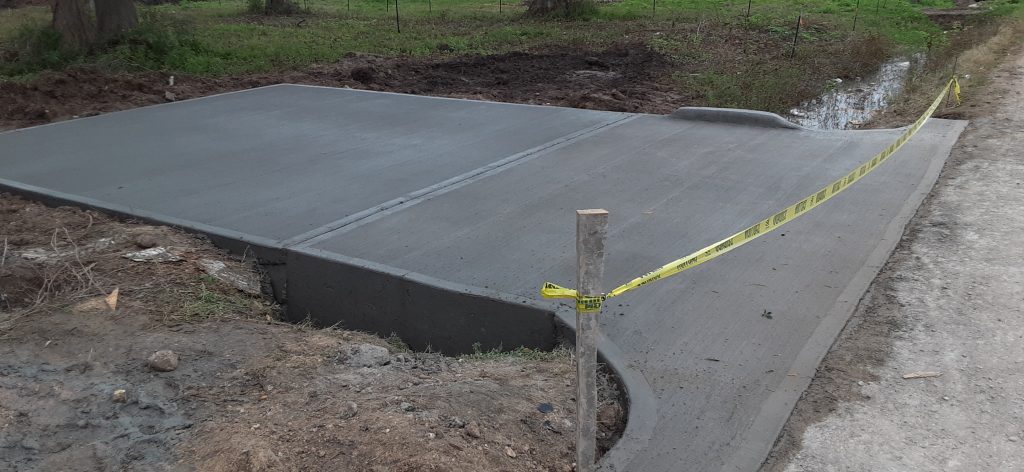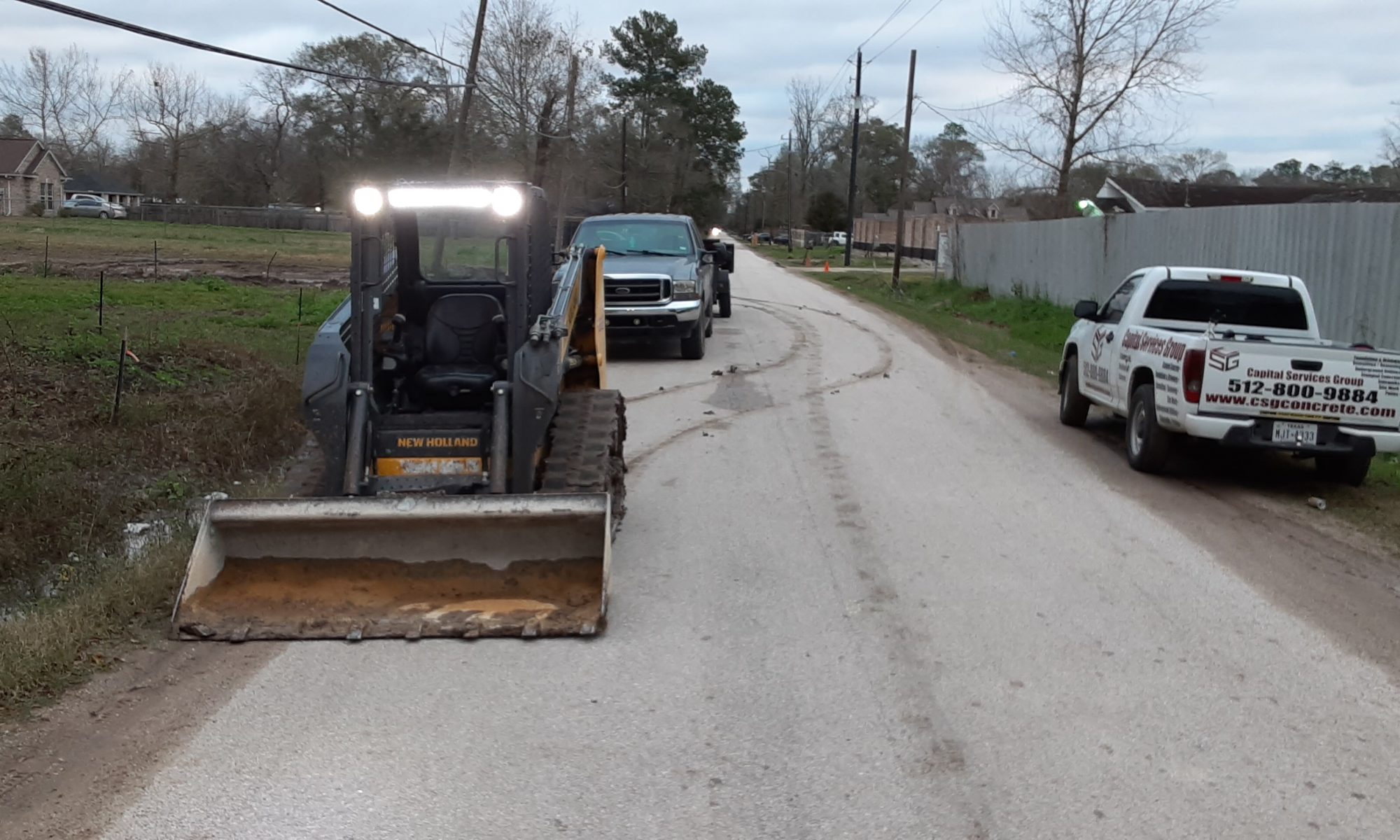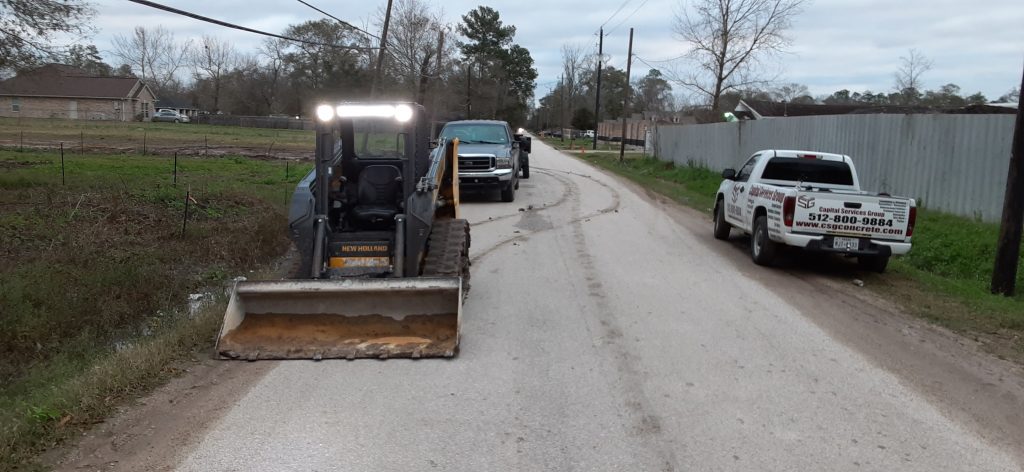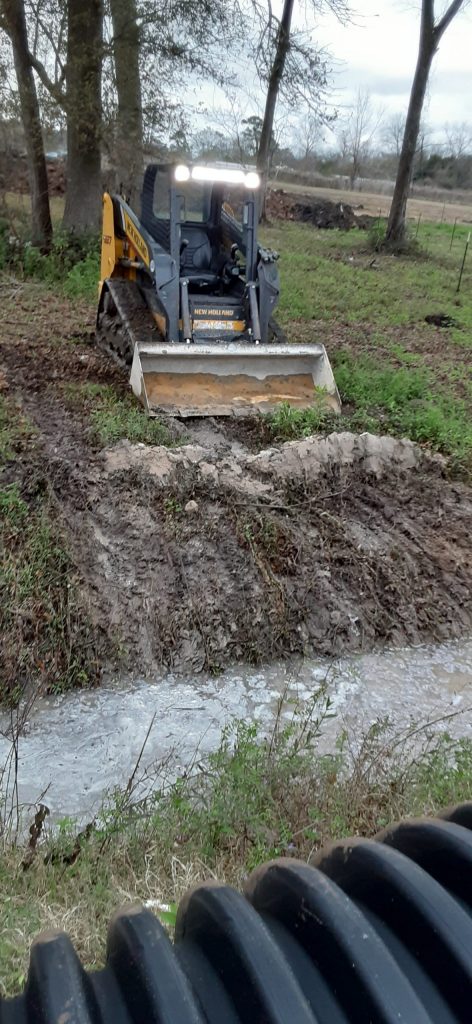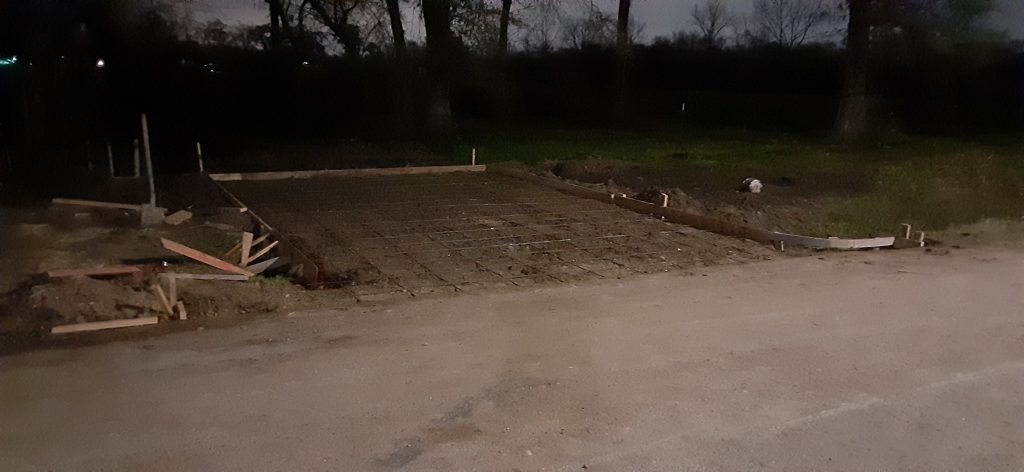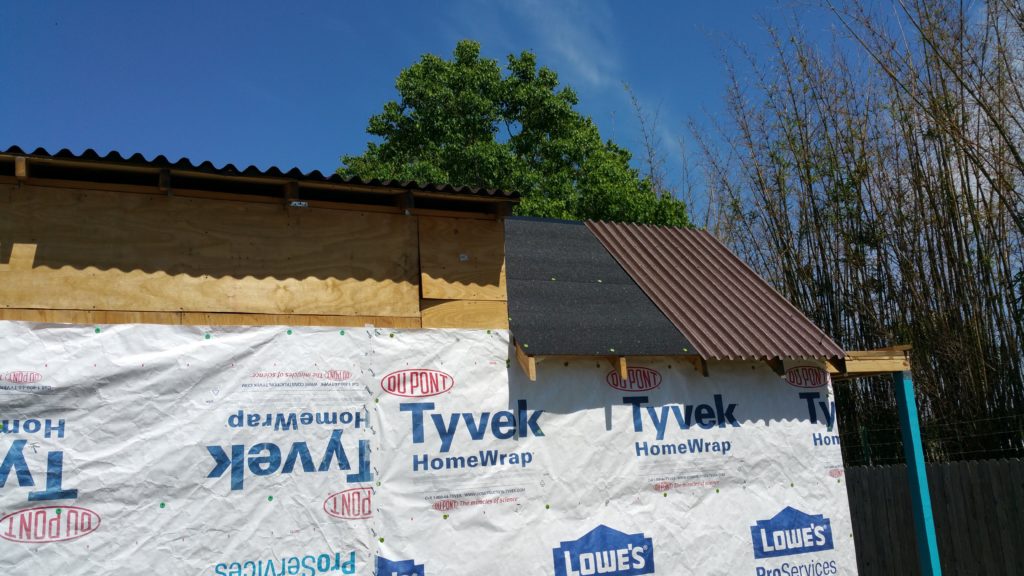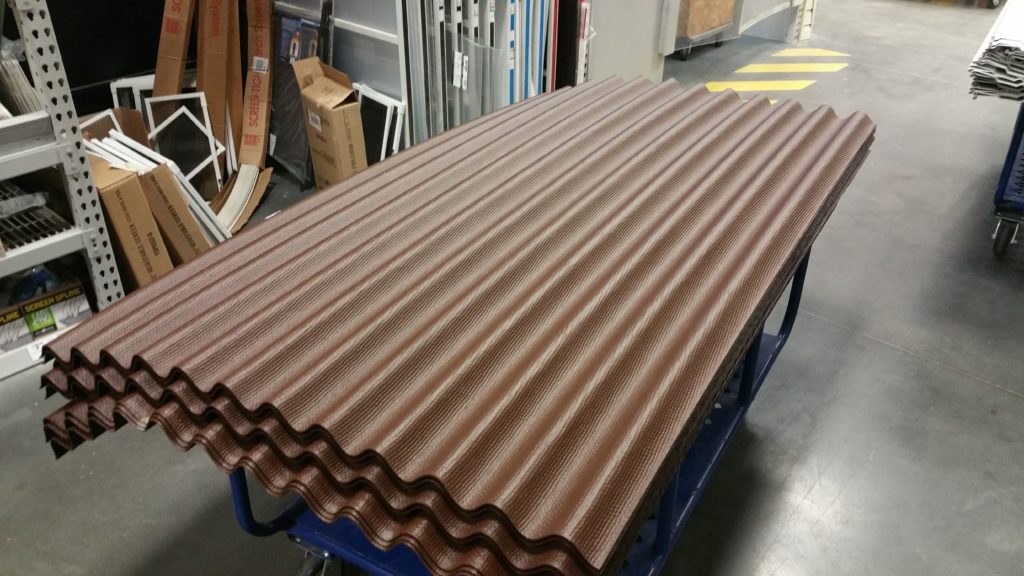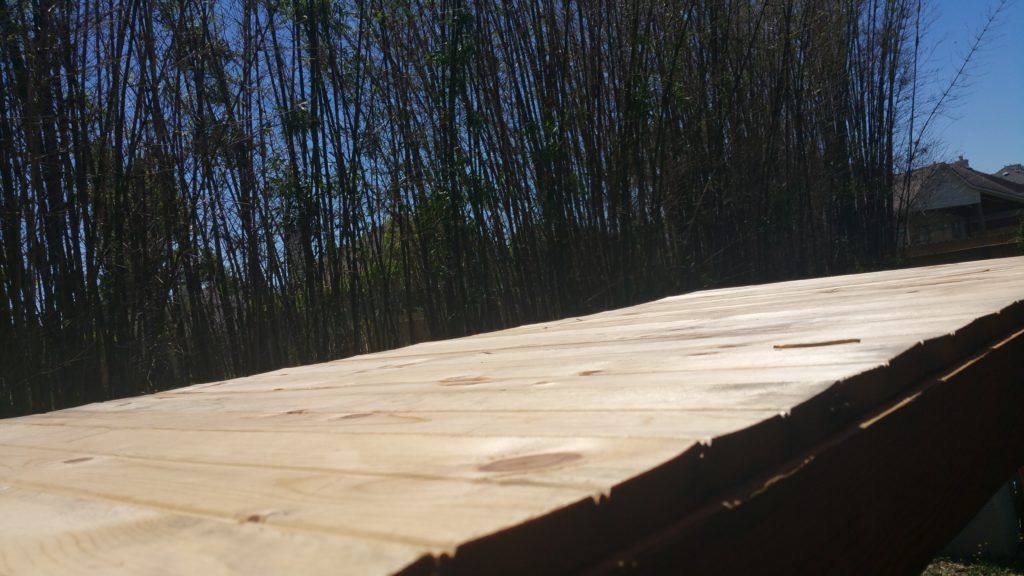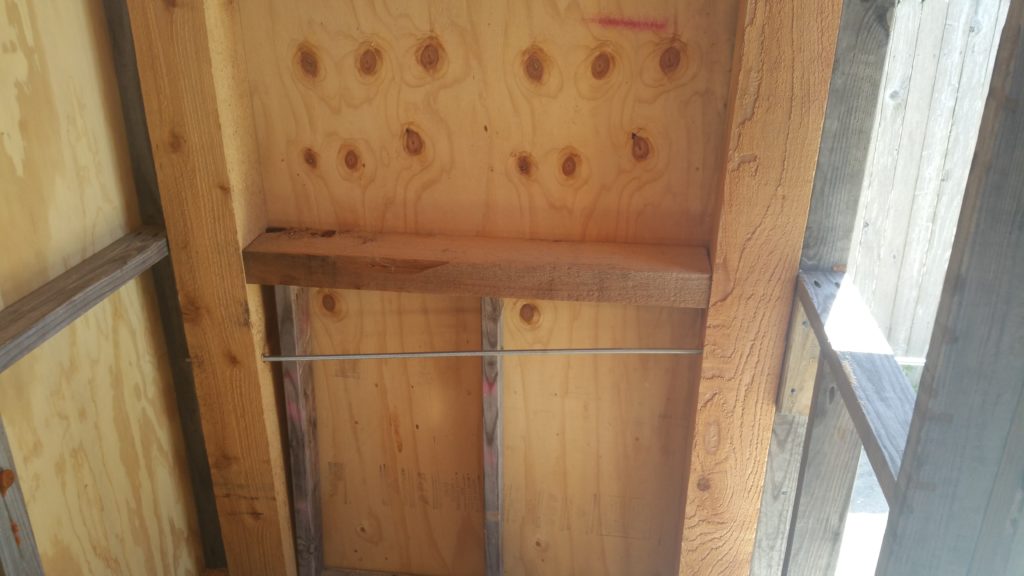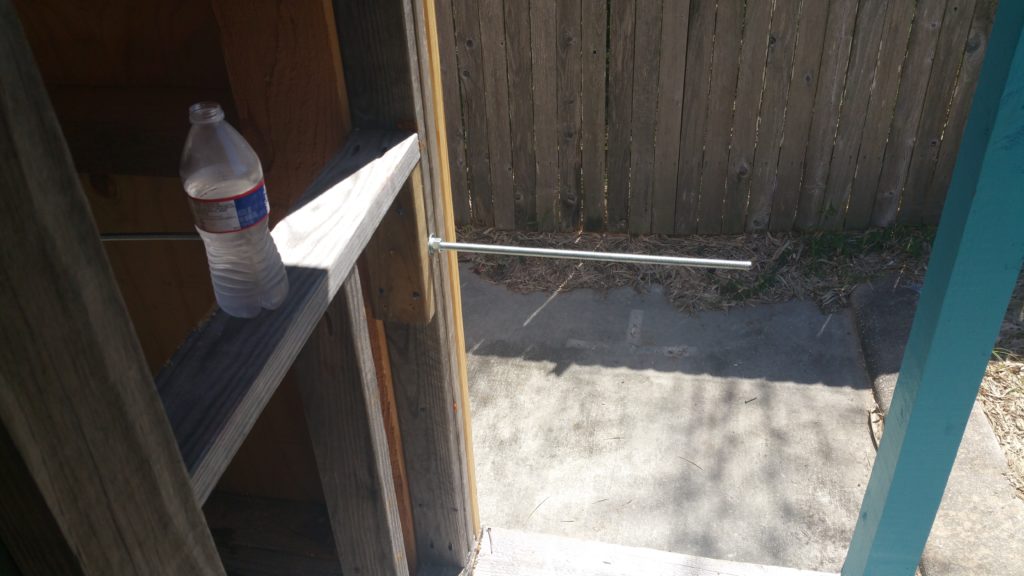Long, long overdue update: AT&T fixed their wire and it is up to code, but now the low hanging wire belongs to XFinity/Comcast and despite numerous calls, they refuse to do anything to correct it.
Well, strike that. They are bumbling idiots, so they have no problem sending out a crew to the wrong address. Or saying they can’t help me because there’s no service at the actual address. Or getting the name of the street completely wrong.
Typical interaction with Comcast Low Hanging Wire Support
Comcast: Hello Comcast, how can I help you?
Me: Yes, I’d like to report a low-hanging wire at 100 Apple Pie Way
C: (tap tap tap) I see here your home address is 1545 Elaine Rd, is that where the wire is?
M: No, that’s my old address. The wire is hanging across the driveway at 100 Apple Pie Way, which is a property I own.
C: (tap tap tap) Are you saying you don’t have service at 100 Apple Pie Way? We don’t provide service to that address.
M: Yes, I understand. Your wire is suspended over my driveway and it is sagging low.
C: Okay, got it. We’ll send out a crew.
M: Thank you
(A few hours later)
Comcast Tech: Hello, this is Comcast Tech
Me: Hey, what’s up?
CT: I got a ticket about a low wire as 1545 Elaine Road, and none of the wires around here are low hanging.
M: Yeah, that’s because the wire is at 100 Apple Pie Way.
CT: Ah. okay. That’s outside my area, so I’ll cancel this ticket and you’ll need to call and have them open a ticket for the other address.
(Sounds of head banging into the wall)
The low hanging Comcast wire is attached above the other wire on the pole, but because it has way too much slack, it is draping below the AT&T wire.

There are a few things I can try doing, but in the meantime I’ve let this thing go on far too long, so I need to get going, as it were. The concern is once I get the tiny house on the property, if I need to leave for any reason (an impending hurricane is a pretty good reason), the low-hanging wire will be an impediment to GTFO quickly.
Complaining to the PUC is still an option and I should probably follow up on it, but in the meantime, I need to get Tiny down here and parked.
